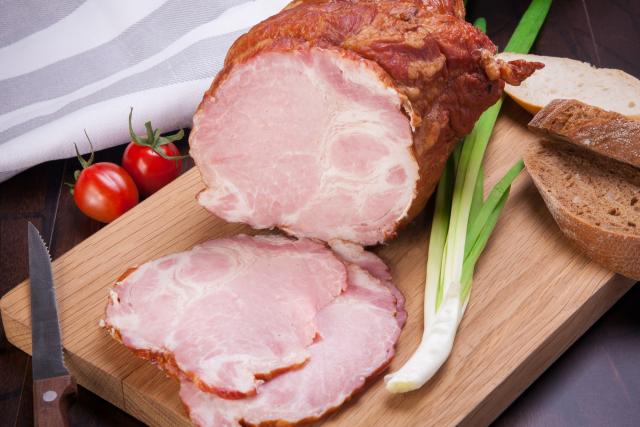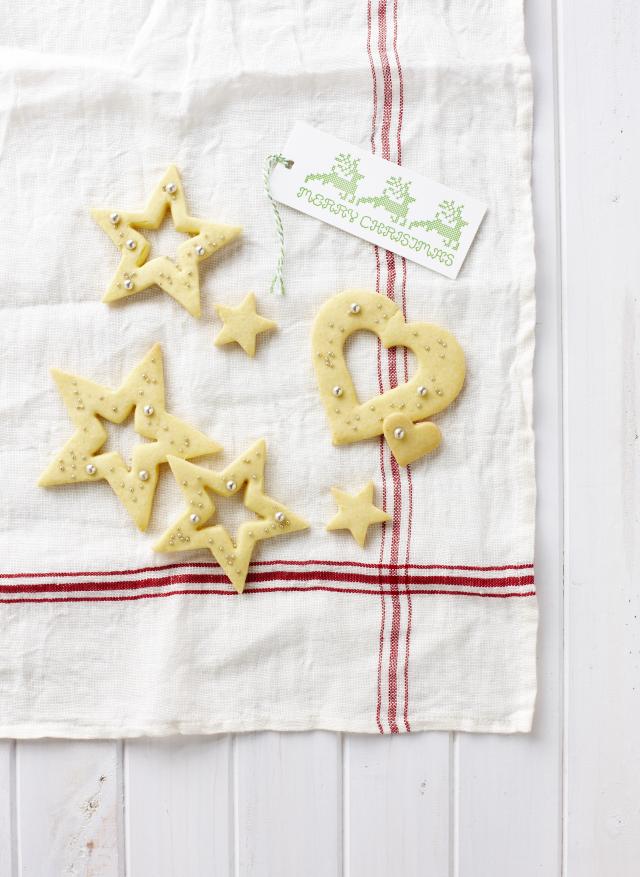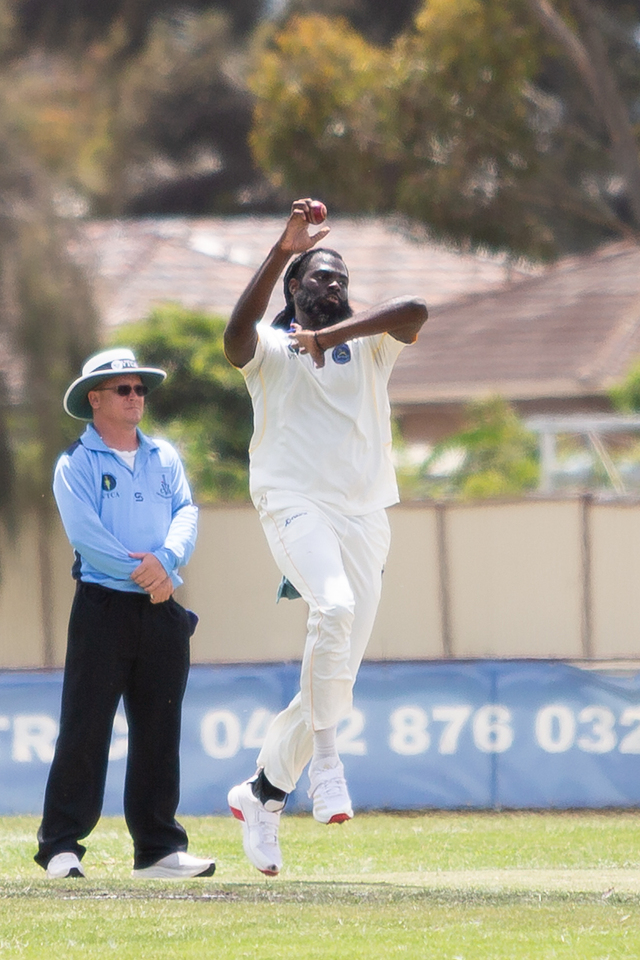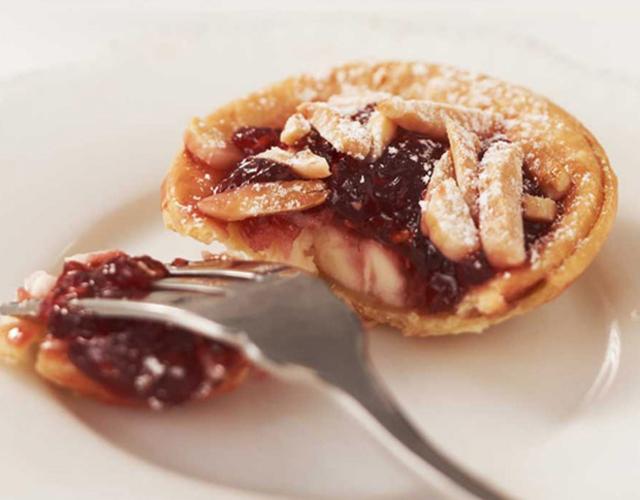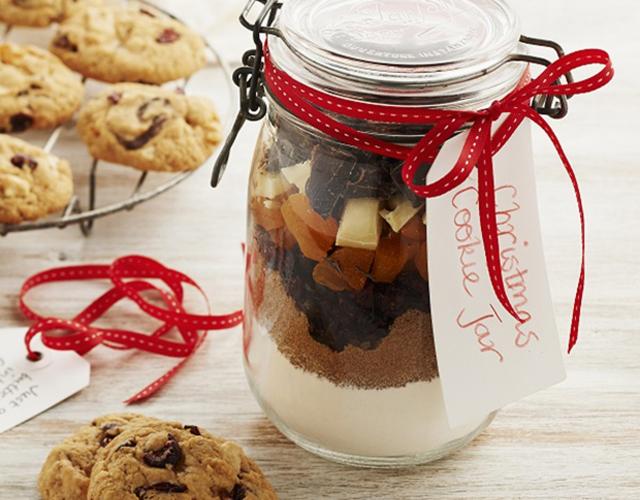Designed for the European market at Hyundai’s Technical Centre in Russelsheim, Germany, the new i30 takes on the South Korean company’s ‘fluid sculpture’ style which, it says, is inspired by nature and modern architecture. More practically, it gives the vehicle a slippery coefficient of friction of Cd 0.30, a cornerstone of fuel economy.
Hyundai i30 gets straight to the point in the styling stakes, with Hyundai’s signature hexagonal radiator grille (chrome in the Premium test car we sampled), flanked by the latest design HID xenon headlamps.
Sleek lines, offset by sculpted wheel arches housing 17-inch alloy wheels, continue down the side of the vehicle, ending in a rear that emphasises the vehicle’s wide stance.
The roof in the i30 Premium incorporates a two-piece panoramic sunroof, the light from which adds a feeling of space inside the cabin. A spoiler is positioned where the roof meets the rear window.
The Hyundai i30, which comes in Active, Elite and Premium variants, has been recognised as “one of the safest in the small-car category” by the Australasian New Car Assessment Program.
With room for five people, the Premium i30’s cabin lives up to the model moniker with a modern mix of quality hard and soft surfaces.
Instruments are made easy to read with sports-style layout and blue back lighting.
The four-spoke steering wheel incorporates a variety of controls, including cruise control, audio and air-con.
The 1.6-litre CRDi diesel engine has been updated to produce 10.6 per cent more power (94 kW) over the previous i30 and 3.4 per cent reduction in combined highway/urban fuel consumption
At motorway speeds, the test i30 CRDi had fuel consumption of 5.2 litres per 100km, increasing to about eight litres per 100km in hard stop-start traffic motoring.
The Hyundai i30 Premium 1.6 turbo-diesel six-speed automatic sells for $32,590, plus on-roads.

